Where to Start with EV Charging for Convenience Stores & Truck Stops
Blink Charging
OCTOBER 5, 2023
Convenience stores and truck stops are in a fantastic position to take advantage of available federal funding for DC fast charging stations. If you prefer EVs to charge for less than an hour, DC fast chargers can help your location serve more drivers per hour. Not located in a designated AFC?

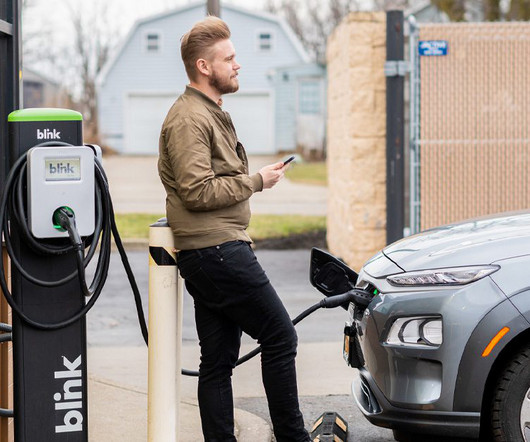
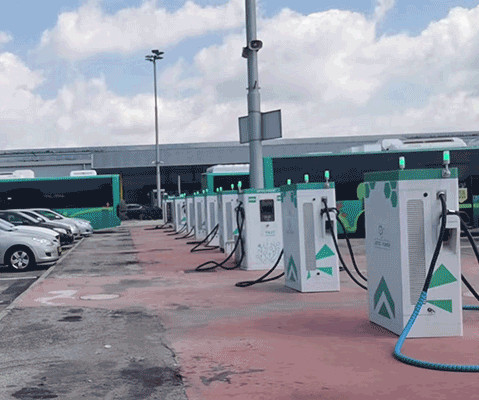
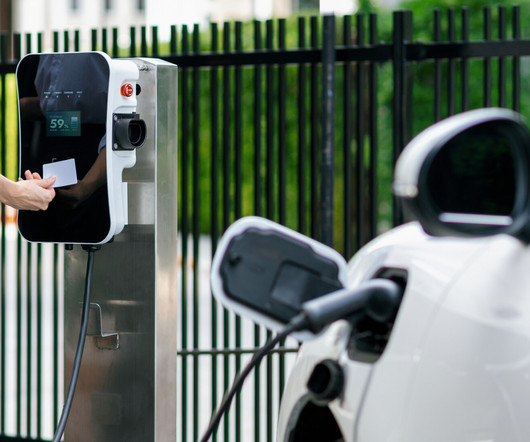
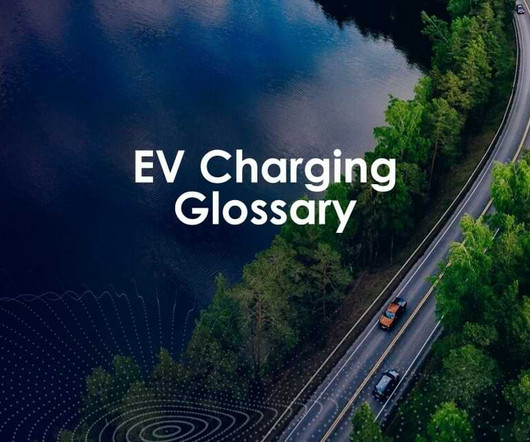
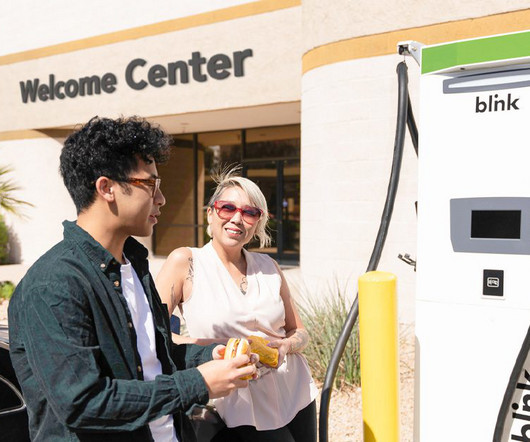
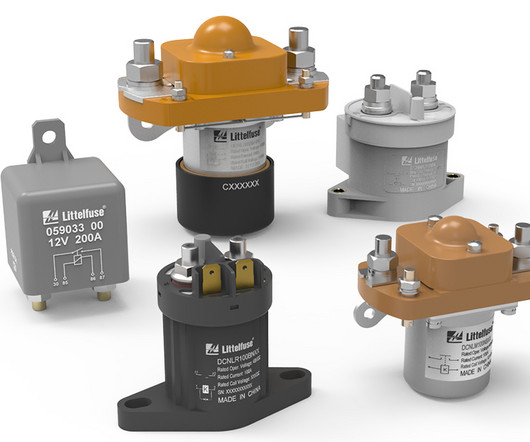
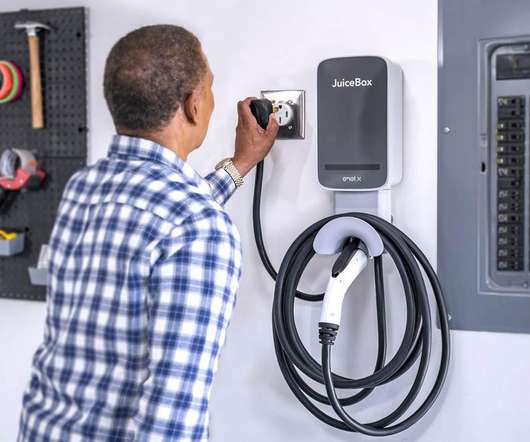
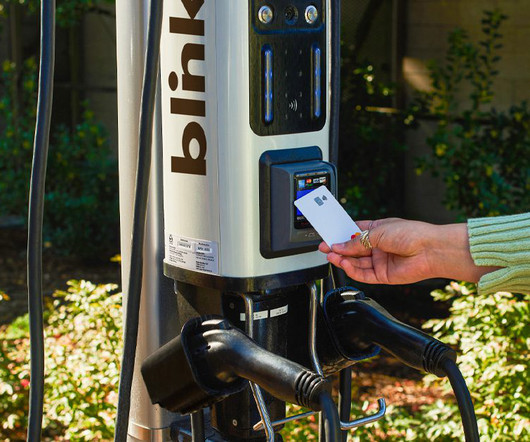
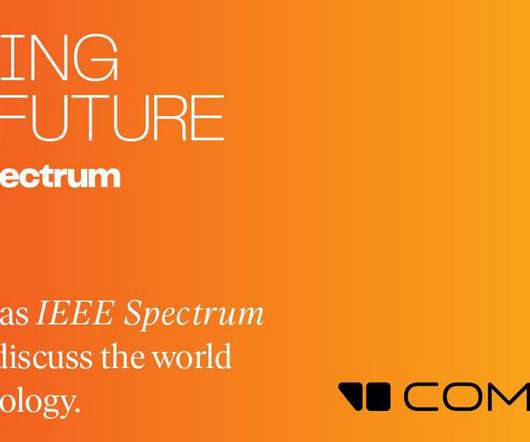
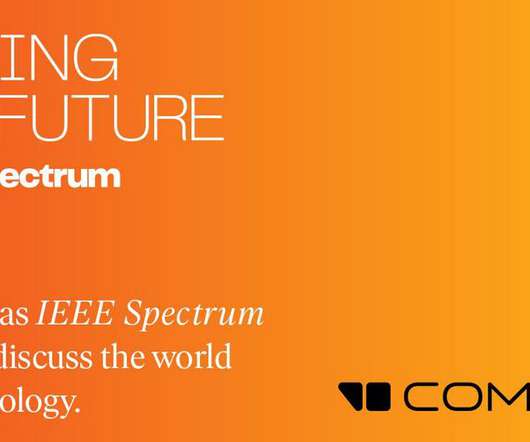
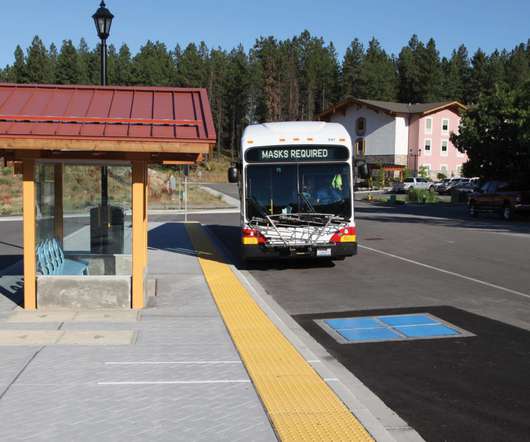
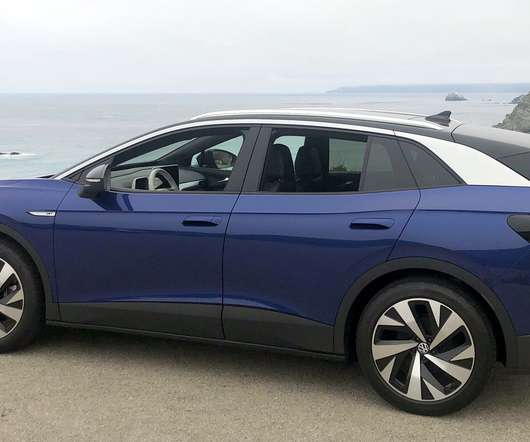






Let's personalize your content